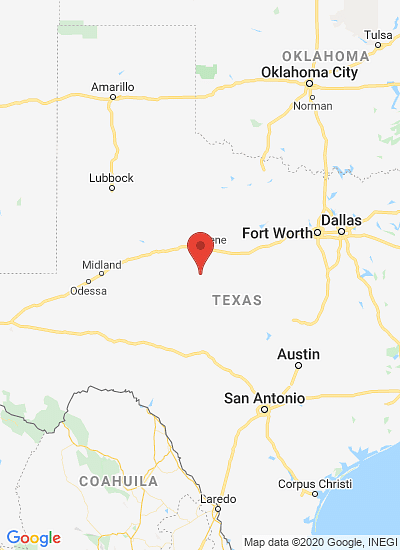Do potato psyllids migrate from one location to the next, starting in northern Mexico and moving northward as the potato season progresses, or are psyllid populations local?
Knowing whether the insects are migratory or local could help more efficiently manage the insects which are increasingly inflicting damage on the country's potato industry, according to scientists working on the project.
A study that is being done as a part of the national Zebra Chip Specialty Crop Research Initiative involves Dr. Arash Rashed, Texas AgriLife Research vector ecologist, and Dr. Charlie Rush, AgriLife Research plant pathologist in Amarillo and lead on the national initiative.
The bacterial pathogen carried by the psyllid is Candidatus Liberibacter solanacearum. When the psyllid feeds on a potato plant, the bacteria is transmitted into the plant and causes the disease known as zebra chip of potato, Rush said.
While it has no effect on human health, zebra chip can cause entire loads of potatoes to be rejected by the potato chip industry because of the negative effect it has on chips and fries, which appear as burned when fried, he said.
"It is generally believed that psyllids migrate from Mexico to the Canadian border,"Rashed said. "While that is a possibility, we want to see if there are local populations and if there are winter breeding sites."
He said through field, greenhouse and laboratory studies, and in collaboration with potato producers and other scientists, they are studying various aspects of pathogen-plant-vector interactions. One of these studies is addressing the effects of natural vegetation, topography, temperature fluctuations and air currents on psyllid populations and their movement pattern.
"We have set up traps in Pearsall, Seminole and Kermit, Springlake, Bushland and Dalhart,"Rashed said. "We monitor changes in psyllid numbers in natural vegetation around the potato fields. We also test wild plants for their infection status, with the objective to identify pathogen reservoirs during winter when the cultivated host is absent."
He said initially they saw psyllids in Pearsall, but not Olton and Springlake. Then they began seeing more than a thousand on traps from those regions, an unusually high number.
"Psyllid numbers, however, dropped in natural vegetation during April and May,"Rashed said. "This coincided with potato-emergence time, when psyllids began to infest field edges. We don't know if it was a one-time thing, or a yearly reoccurring phenomenon.
"Our survey will continue throughout the next year to address this question,"he said.
"We also evaluate the percentage of insects that are carrying the pathogen,"Rashed said. "Although only a low percentage of psyllids are actually carriers, if the population is high, it also means there are a lot of positive psyllids."
Moreover, he said, the damage caused by psyllids is not just through transmitting the pathogen as they also induce another condition in potato plants, called "psyllid yellows,"by simply feeding on the plant tissue.
While it is too early to make any conclusions on what environmental factors affect the populations, he said they believe early spraying of the fields and seed treatments are the most reasonable way to lower the impact.
Other control approaches such as eliminating volunteer potatoes, which can be ideal hosts for psyllids prior to cultivated potato emergence, need to be integrated to increase the effectiveness of chemical control early in the season, Rashed said.









